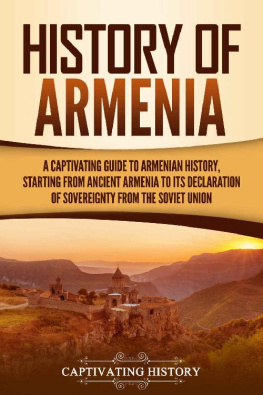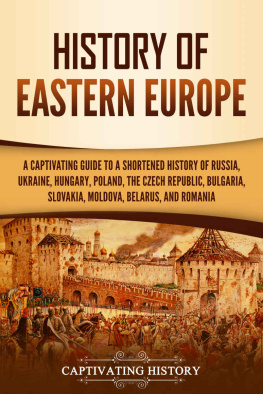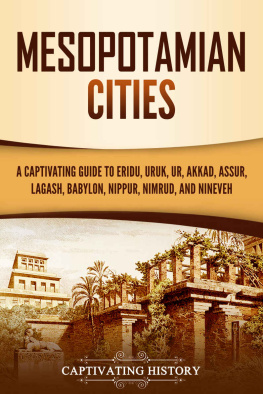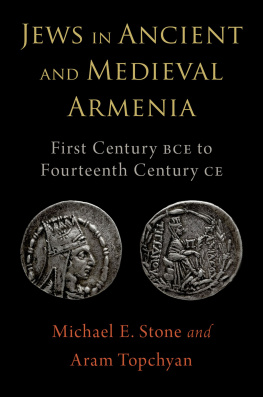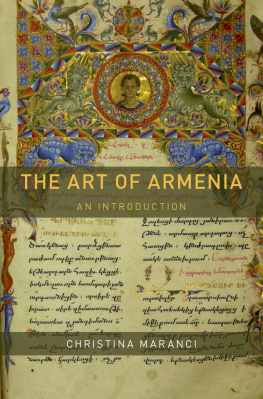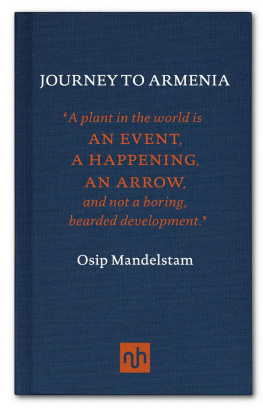My name is Matt Clayton, and Im the creator of Captivating History. First off, I want to THANK YOU for reading our books in the Captivating History series. As an avid reader of History myself, I aim to produce books that will hold you captive.
Now you have a chance to join our exclusive history list so you can get the ebook below for free as well as discounts and a potential to get more history books for free! Simply click the link below to join.
P.S. If you join now, you will also receive a free Mythology book. Remember that its 100% free to join the list.
Introduction
Humanity may have been born in the mountains of Armenia. Biblical accounts tell that it survived there, that after a terrible flood wiped out the human race, a group of people made a fresh start on the flanks of Mount Ararat. And survival has been the theme of this ancient nations history, a story that is nothing short of epic and inspiring.
The tale of Armenia has its beginnings as a glorious ancient kingdom, one that commanded the respect of nations as mighty as Egypt and Babylonia. As its history takes a turn for the darker, each chapter reads like a roll call of the most famous of figures: Antony and Cleopatra, Alexander the Great, Genghis Khan, Frederick Barbarossa. Armenia saw ancient Rome rise to power; it knew Egyptian pharaohs, the Golden Horde, the Soviet Union, and saw the first invasion of the first Muslim army. For a long and ugly part of its history, Armenia struggled under the yokes of one empire after another: the Roman, Parthian, Persian, Byzantine, Timurid, Mongolian, and Ottoman Empires, to name just a few.
Yet through it all, Armenia, time and time again, emerged as a nation with a powerful identity, one that caused much grief over the years, but one that still remains a pillar of strength to its people in good times and in bad. There is much sorrow held within these pages; much oppression, much persecution, and even the most terrible evil of them allgenocide. The reading is made easy by one single gleaming light, a golden thread running through every word and chapter, and that light is the Armenian people themselves.
Their story is tragic, but their survival is incredible. And that is what makes their tale so inspiring.
Chapter 1 The Home of Eden
And a river went out of Eden to water the garden; and from thence it was parted, and became into four heads. The name of the first is Pison: that is it which compasseth the whole land of Havilah, where there is gold; And the gold of that land is good: there is bdellium and the onyx stone. And the name of the second river is Gihon: the same is it that compasseth the whole land of Ethiopia. And the name of the third river is Hiddekel: that is it which goeth toward the east of Assyria. And the fourth river is Euphrates.
- Genesis 2:10-14
For millennia, Christian scholars have searched for the Garden of Eden, the biblical home of the birth of mankind. These scholars speculate that one of the most likely locations for the home of Eden is in the heart of one of the most ancient countries in the world: Armenia. With four rivers flowing through its abundant landscapeincluding those still known today as the Tigris and EuphratesArmenia is one of the oldest homes of the human race. To paraphrase the British admiral John Byron, according to biblical beliefs, Adam was created from the dust of Armenia.
In fact, with its modern-day capital Yerevan nestled on the flanks of Mount Ararat, Armenia may be the biblical location not only of the birth of humankind but also one of rebirth: it was on Mount Ararat that Noahs ark was beached after the flood, according to scriptures.
Regardless of where that biblical garden may be located, it is certain that Armenia has been home to humanity for many, many thousands of years.
* * * *
5,500 years agoaround 3500 BCEa lonely figure strode across the soaring landscapes of his ancient paradise. Surrounded by the towering walls of mountain peaks, the man paused on the rocky hilltop, gazing at the majesty of the surrounding countryside. Rivers and lakes were splashes of blue in the valleys below; the icy wind combed the waving grass of the harsh mountainside where the man stood. Around him, a flock of sheep picked at the grass, seeking out sustenance where they could in this beautiful, bleak landscape.
Their shepherd had a mane of scarlet hair that tossed in the cold breeze. It was a splash of fire among the more neutral colors of the surroundings, and it crowned a figure that looked different from the people of today, one that was shorter and more powerfully built. The young mans eyes were piercing as he gazed out across the mountainous region where he had made his home. He shifted his weight, feeling his feet safely encased inside the leather shoes that covered them. Other peoples of the age wore sandals, but in the chill of the mountains, closed shoes were essential.
The red-haired man paused only for a moment before heading off again, summoning his sheep and moving purposefully across the flank of the mountain. And little did he know that his simple leather shoemade from cowhide and carefully sewn into shapewould be discovered 5,500 years later and make history as the oldest shoe ever discovered.
Known as the Areni-1 shoe, this ancient piece of footwear, which is older than Stonehenge, was found in a cave complex near the modern-day village of Areni, Armenia. It was a testimony to the Chalcolithic period, a transitional period between the Stone Age and the Bronze Age, and the people that have lived in this ancient country for so many years. Perfectly preserved in layers of droppings from the sheep that ancient Armenians kept, it was even stuffed with grass, possibly in an attempt to keep its shape. The Chalcolithic period featured the first use of metal, giving it the colloquial name of the Copper Agea somewhat poetic name, considering that DNA found in the same caves as the shoe indicated that at least one of the caves ancient inhabitants had red hair and blue eyes.

